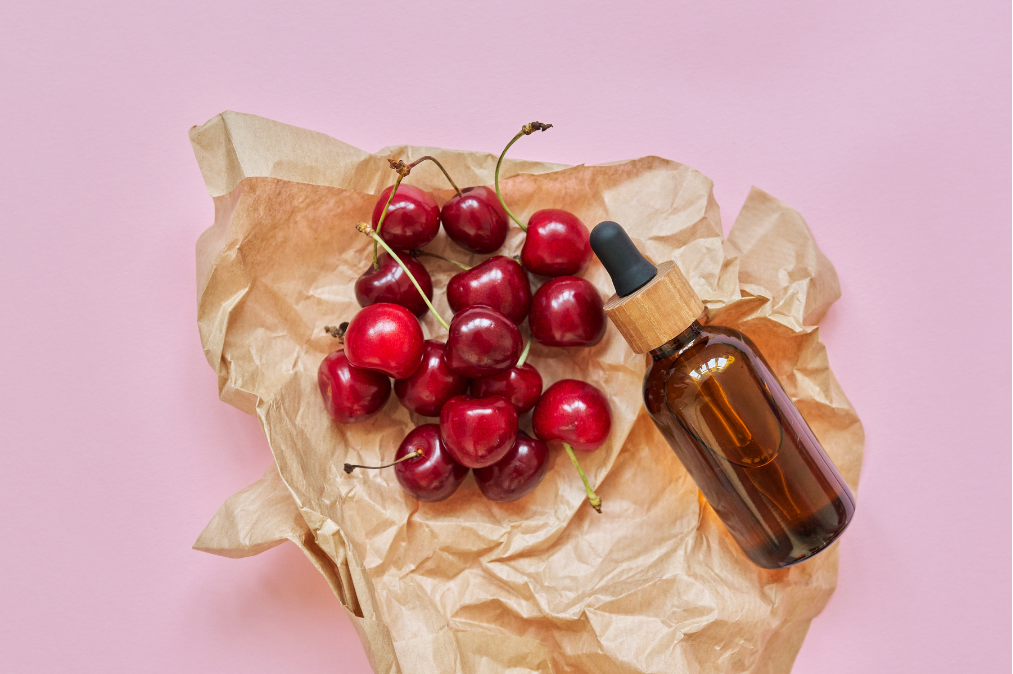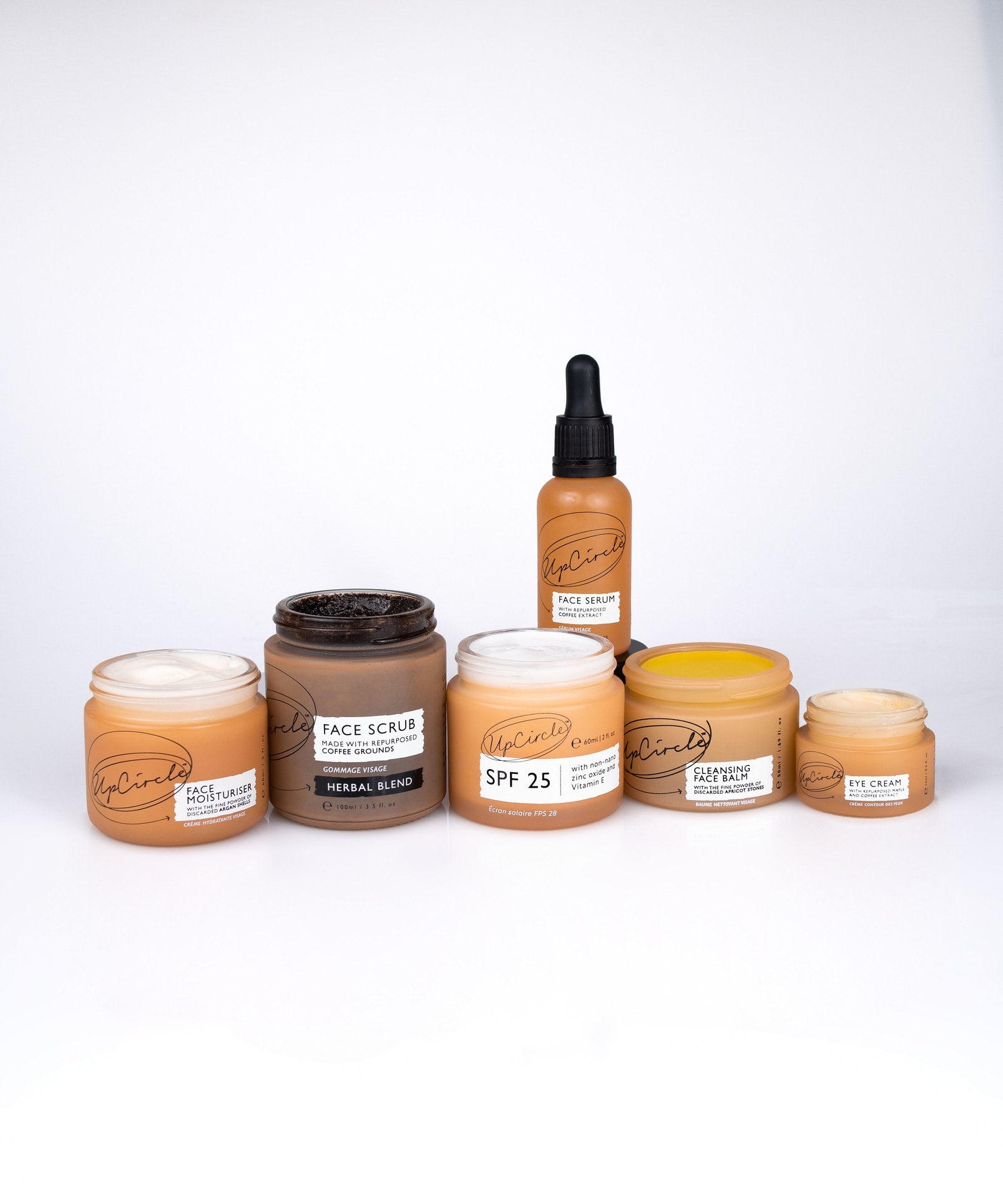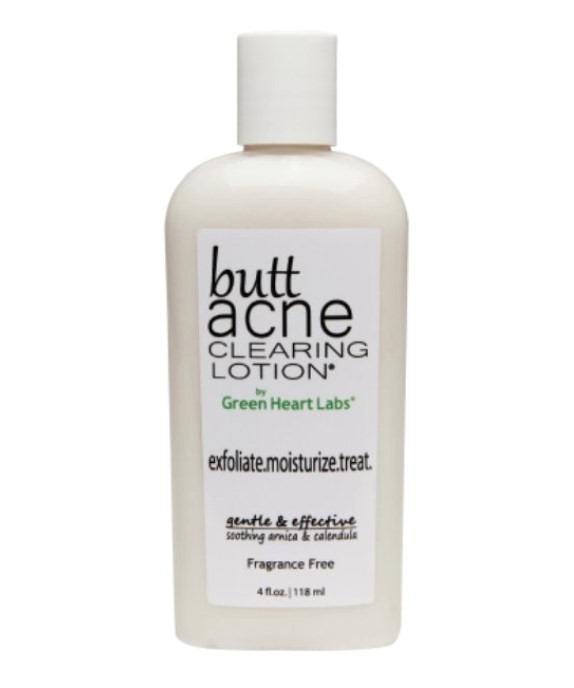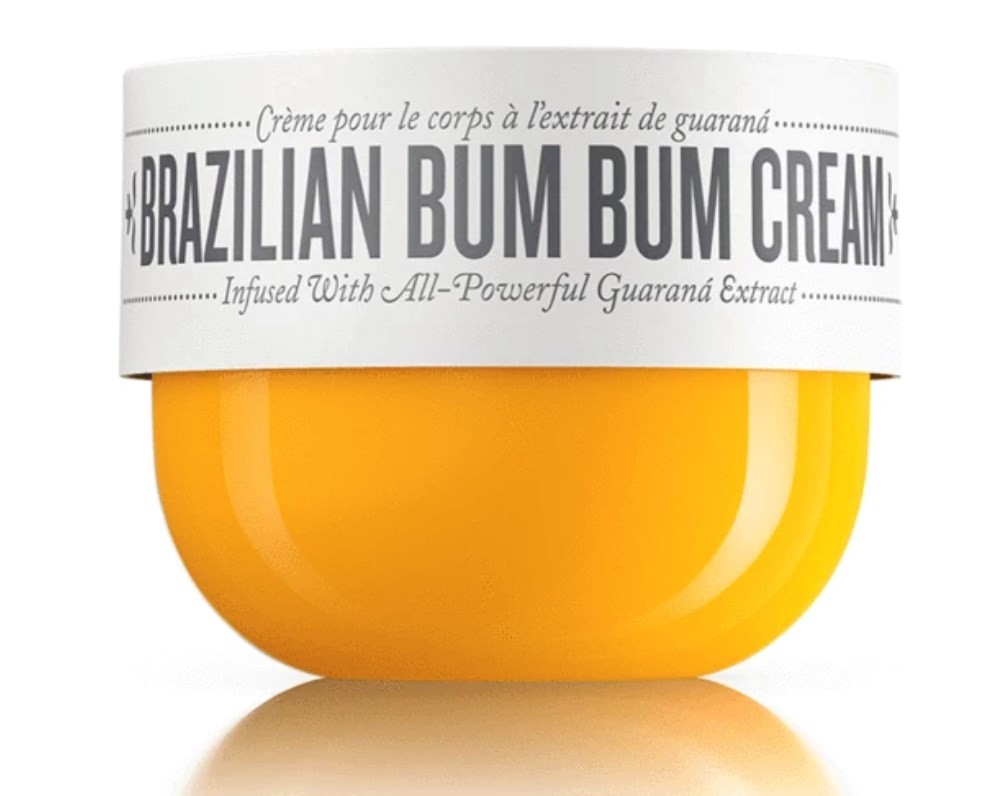
At Design Plus we regularly update our partners and customers on trending ingredients and innovation within the health and beauty industry. Our experts have used tools such as Mintel and WGSN with the latest reports to provide information on key trends that are prominent within health, beauty and personal care. Our expert team have compiled the latest trends so we can help you with your new product launches and development.
Upcycled ingredients
One of the largest sustainability concerns is food wastage - the UN estimates that food wastage alone contributes to 8-10% of global greenhouse gas emissions. Due to this concern, it is becoming more mainstream to utilise food wastage in the form of nutrient-rich skincare and cosmetics. The array of upcycled ingredients can expand beyond fruits, vegetables, coffee and grains, offering greater variety and consumer choice. With current global supply chain issues, using waste produce provides the additional benefit of sourcing the goods much more easily. It has proved a viable strategy with ingredients being sourced within close proximity of manufacturers.

UpCircle is famous for its innovative re-purposing of waste produce, they incorporate various ingredients into their products such as blueberry extract, kiwi juice, coffee grounds, chai spices, olive stones and much more. They offer natural, vegan, cruelty-free products in 100% recyclable packaging.
Overnight beauty ‘Treat while you sleep’ is a progressive trend, centred around redefining beauty sleep. Following the numerous lockdowns and periods of working from home, people are now fully back to reality. The luxury of time for multi-step skincare and hair care routines has now been overpowered by the demands of working life. Simplified beauty regimes with products that perform while you sleep require minimal effort with maximum efficiency. Some products such as retinol and chemical exfoliants can make the skin more sensitive to the elements when applying in the morning, therefore applying in the evening for an overnight treatment combats this risk.
In-betweener beauty (aged 6-14)
The social media influenced demographic have an increased interest in beauty trends driven by platforms such as TikTok with trends going viral in an instant. Brands for teens and tweens are ensuring their offerings provide educational resources and sensitive product formulations to suit the age group. Marketing these products requires careful consideration to appeal to both the end user and their parents who ultimately have the purchasing power.
Notox
In recent years, the demand for botox and aesthetic treatments has rocketed, with a growth of up to 40% being reported in the US in 2020. However, more products are emerging which replicate the effects of these cosmetic procedures, without the pain or cost. Consumers seem to be seeking more natural methods to deliver clinic grade results without the clinic. Products that offer these types of results are particularly appealing to Gen Z. ‘Hippie Botox’ – or facial yoga – combined with products such as the now TikTok infamous Gua Sha, are said to achieve results naturally.
Booty beauty
Since Covid-19 halted the world, lockdowns globally have meant we spent more time sitting down than ever. Many are facing the effects, by finding red lumps and bumps on their behind, which has coined the term ‘buttne’. Evidently, the increased prevalence around self-care during the pandemic has emerged much further than just the face. Now consumers are more aware of these rituals, they are continuously seeking the next best treatment.


Many brands already produced ‘buttne’ lotions. Green Heart Labs created their butt acne clearing lotion in 2013, and popular Brazilian beauty brand Sol De Janeiro launched their Brazilian Bum Bum Cream in 2016. Due to the increased awareness around ‘buttne’ these products are now more popular than ever.
Online credibility
With online retail booming during covid-19, consumers have become highly reliant on online reviews to verify purchase decisions. Potential customers want to read honest, genuine feedback by people with similar concerns. The ratio of people writing reviews to the people reading them is considerably disproportionate, for example in the US, 43% of BPC consumers read reviews about facial skincare products online, while only 11% write reviews. Although this is somewhat limiting due to the lack of control over the amount and scope of content, brands and retailers can do more to elevate review usability. Focusing on their own online presence and using their community to their advantage is a must.
Key takeaways
- Sustainability continues to be a key driver for brands, utilising waste produce is both an ethical and efficient option
- Overnight beauty encourages simplified routines
- Natural is the norm
- Skincare and self-care routines extend beyond the face with body part beauty
- Brands need to engage with their audience on a genuine level


